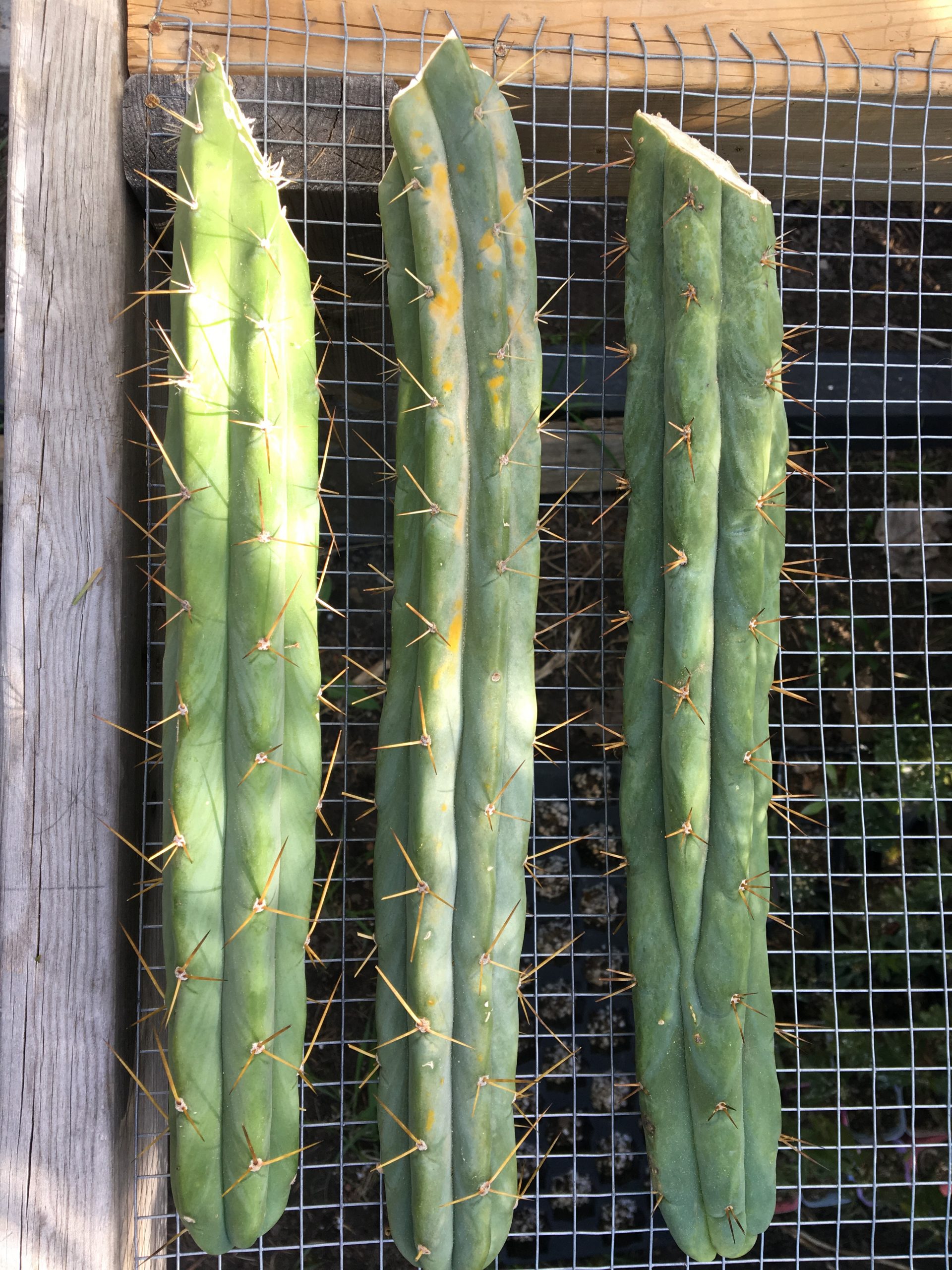Rooting a cactus cutting is much like planting the seeds of potential in an arid desert landscape. With patience, knowledge, and a sprinkle of care, you can nurture a vibrant new life from a humble fragment. The art of propagation beckons enthusiasts to explore the compelling intricacies of cacti, revealing the joys and challenges that accompany this unique horticultural endeavor. Understanding the nuances of rooting cactus cuttings allows one to embrace the spiritual journey of growth and renewal as these resilient plants flourish.
By delving into the heart of this captivating subject, we uncover the essential techniques required for success, alongside the secrets that can turn a casual attempt into a flourishing triumph.
Understanding Cactus Types: The Foundation of Propagation
Before embarking on the journey of rooting cactus cuttings, one must first familiarize themselves with the diverse world of cacti. Each species possesses its own distinct characteristics and requirements, shaping how they should be approached for propagation. From the majestic Saguaro to the enchanting Echinopsis, knowing your cactus type offers invaluable insights into its unique propagation behavior.
Some cacti, such as Opuntia (prickly pear), readily sprout roots from cuttings, thriving even in less-than-ideal conditions. Conversely, others, particularly those belonging to the Delosperma genus, may present a more arduous challenge, warranting meticulous attention and care. It is critical to research the specific requirements of the cactus type you wish to propagate to ensure optimal outcomes.
Once armed with this knowledge, one can appreciate the delicate balance that governs the art of cactus propagation. Timing plays a pivotal role in successful rooting. The growing season, typically during spring and summer, heralds ideal conditions for planting. During this phase, cacti are primed for growth, ready and eager to establish their roots in fresh soil.
Preparation: Setting the Stage for Success
Before a cutting can take root, it is essential to meticulously prepare both the cutting and the environment. Begin by selecting a healthy cactus for propagation, choosing a robust arm or pad with vibrant coloration, indicative of vitality. Using a sharp, sterile knife, make a clean incision, ensuring that the cut is taken from the base of the pad or arm to optimize the potential for rooting.
Post-cutting, allow the severed end to callous over for several days in a shaded, dry location. This process is analogous to giving the cutting a protective shield, preventing rot and infection when it encounters moisture later on. Callousing is a crucial step that many novice propagators overlook, often leading to discouraging results.
When ready to plant, choose a well-draining potting mix specifically designed for cacti or succulents. A blend of coarse materials such as sand, perlite, or gravel mimics the native environment, promoting drainage and aeration. Fill your chosen container, and create a shallow indentation to accommodate the cutting, ensuring it is not buried too deeply, as this can stifle growth.
The journey of rooting is further enhanced with the introduction of rooting hormones, which can spark quicker root development. Simply dip the calloused end of the cutting into the hormone before planting, as these auxins encourage the creation of new roots, much like the gentle push of a nurturing breeze guiding a seedling toward the sun.
Caring for Your Cuttings: A Patience-Driven Endeavor
Once planted, the waiting game begins. Propagating cactus cuttings requires a steady hand and an abundance of patience. Place the container in a bright, indirect light location, ensuring that the cutting is shielded from harsh midday sun that can desiccate it before roots even have a chance to form. This balancing act is critical—much like walking a tightrope, too much light can spell disaster, while too little can lead to stunted growth.
Watering should be approached with caution. During the initial stages, allow the soil to dry completely before introducing water, initiating a careful dance between hydration and drought. Overwatering is one of the prime culprits behind failed propagation—travesties masked by the allure of seeing progress too swiftly. Instead, opt to mist the cutting lightly from a distance, favoring moisture in the surrounding air over soaking the soil. This gentle humidity mimics the arid climates native to many cacti.
As weeks progress, keep a watchful eye for signs of growth. New sprouts may emerge from the base of the cutting, heralding the success of your efforts. A sign of life, a tender shoot, is the result of time, commitment, and the right approach. When roots are substantial, typically in one to three months, the cactus cutting is ready to be transferred into a larger pot for continued growth.
Rooting a cactus cutting is a journey defined by discovery and patience. Each step taken offers insight into the resilient world of these fascinating plants, and successfully propagating them rewards the gardener with both beauty and accomplishment. The intricate process—reminiscent of the tenacious spirit of cacti themselves—embodies the essence of nurturing life, revealing the quiet power of growth in even the most parched of surroundings.





Leave a Comment